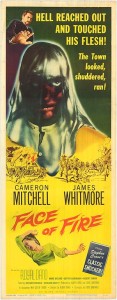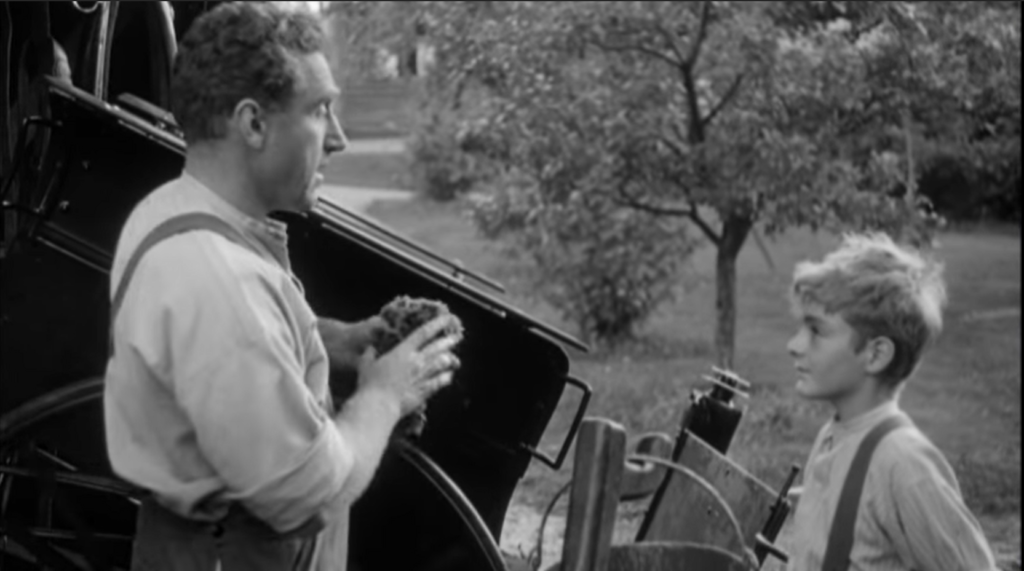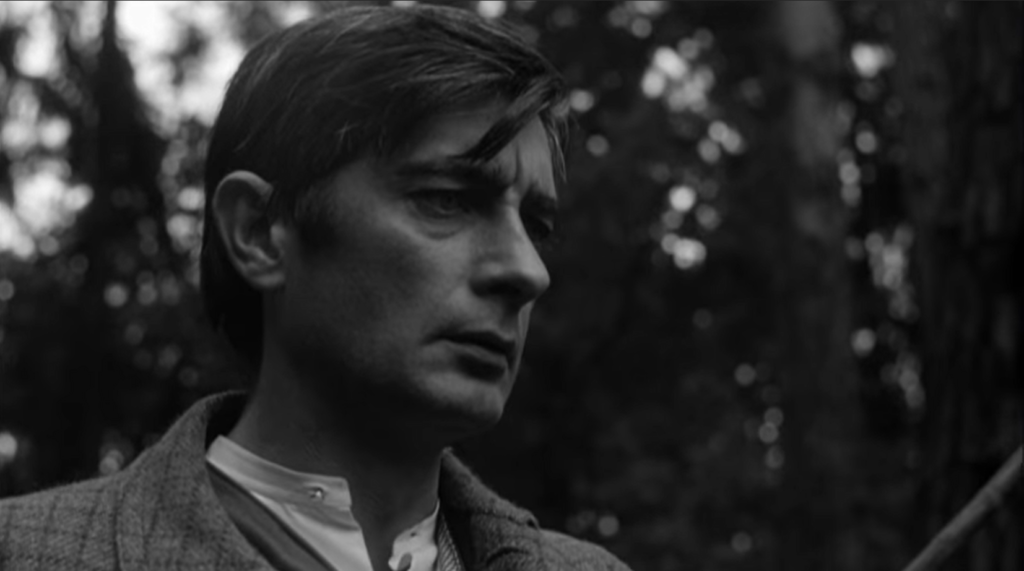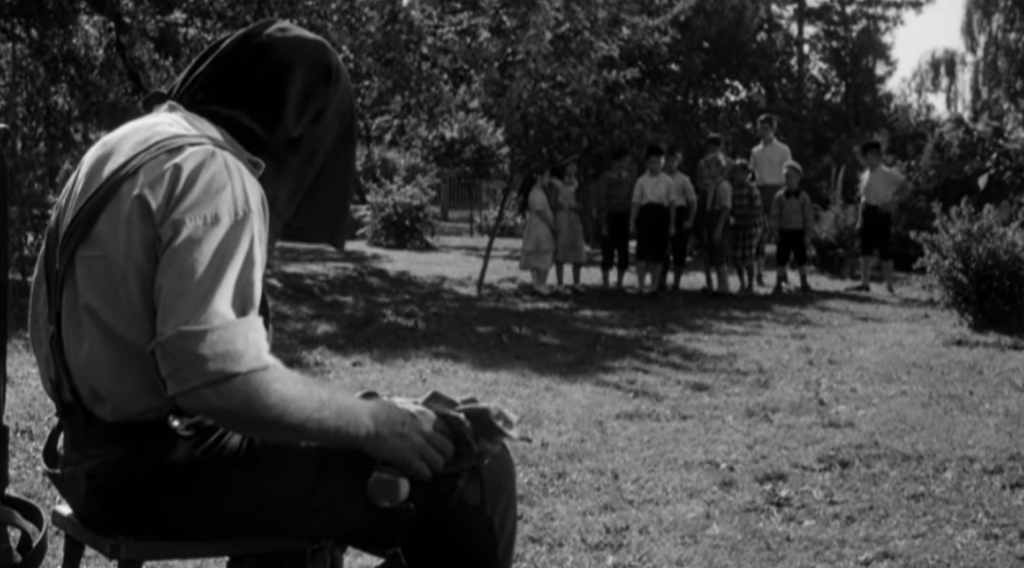Face of Fire (1959)
“It’s Monk, all right — but he looks like a devil!”
|
Synopsis: |
|
Genres, Themes, Actors, and Directors:
Review: It’s all the more tragic, then, when nearly everyone turns against him after he has heroically rescued the son (Miko Oscard) of a doctor (Cameron Mitchell) from a burning house. Unfortunately, this collective change of heart is much too drastic to seem authentic: while Peter Lorre’s disfigured watchmaker in The Face Behind the Mask (1941) somewhat realistically scares those he meets for the first time, it’s much more difficult to believe that an entire town would suddenly be frightened of — and disgusted by — someone they’ve known for years. Nonetheless, Face of Fire‘s uneven screenplay (perhaps a function of its source material, though I haven’t read the original story) is redeemed by Band’s creative direction, effective cinematography (shot in Sweden!), and a handful of excellent performances. Redeeming Qualities and Moments:
Must See? Links: |






One thought on “Face of Fire (1959)”
First viewing. Ultimately a must.
It’s easy to see why many people are enamored of this take on ‘Frankenstein’. Any film with a theme of prejudice is likely to resonate with plenty of viewers – esp. those who, on some level, have been on the receiving end of the smallness of small minds.
I don’t particularly find the “change of heart…too drastic” – note the early scene in which a young woman approaches Whitmore with the idea of getting him interested in her. When he doesn’t ‘bite’, she’s huffy about it…and this is before he’s horribly scarred. Keeping in mind that the story takes place in 1898, the townfolk fear in a less enlightened time can be put in perspective. However, some things have still not changed, as we all know the types who are quick to reject what they don’t want to understand. (Years later, this film would echo somewhat in ‘The Elephant Man’.)
One sequence is esp. striking, moving and memorable: Mitchell comes home to find that Whitmore has once again put a cloth over his head to hide his face. Thinking he has re-gained some sense (as opposed to instinct), Mitchell asks Whitmore to do what was once a common duty. It’s a stunning moment when Mitchell realizes Whitmore does not understand him.
Film’s end will put viewers in mind of the ending of ‘To Kill a Mockingbird’.